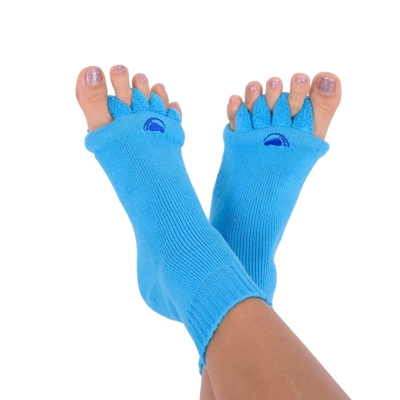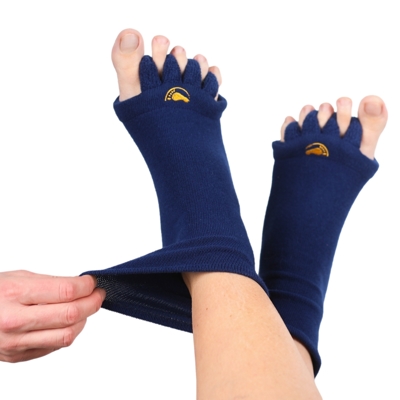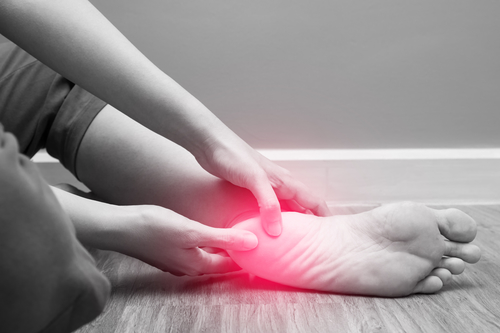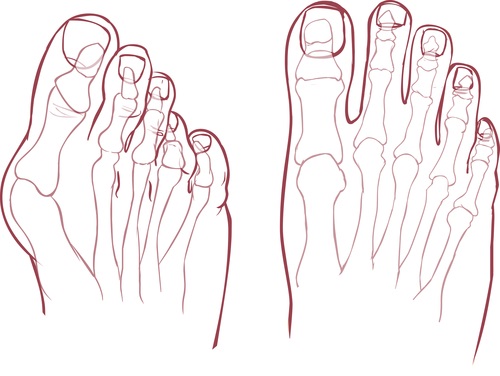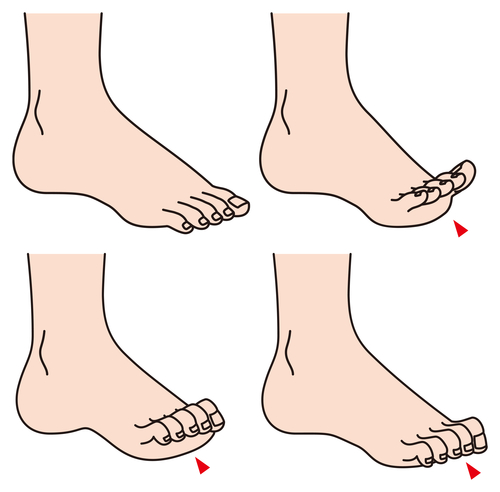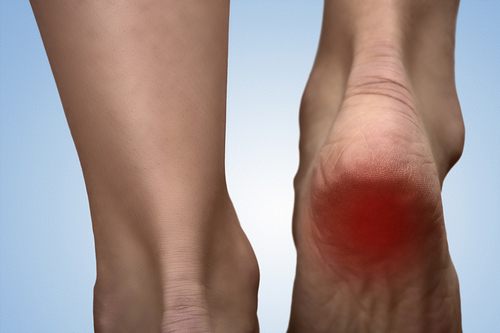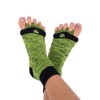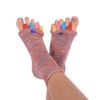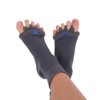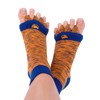Heel spur

A heel spur is a bony outgrowth from the bottom of the heel, which arises as a result of overloading the plantar fascia (ligamentous tissue). Inflammation and swelling first occur at the point of attachment to the heel. Subsequently, calcium salts begin to be deposited here, which result in a heel spur.
Causes of heel spur
Heel spurs are caused by overloading the feet. This can happen for several reasons, such as excessive load, being overweight, inappropriate footwear or walking barefoot on flat surfaces (paving, etc.).
Signs of heel spur
Heel spurs do not appear overnight. They are caused by long-term overloading of the heel bone attachment. This is generally accompanied by pain. At first you may feel an unpleasant shooting pain in the heel, later the pain may not allow you to walk normally. The pain may spread to your entire foot, including the Achilles tendon. You can see the actual growths on the heel with the naked eye.
How to treat heel spur
The most important thing is to address the cause of the overloaded attachments. Only then should you focus on the growths themselves, if they bother you. Exercise, rest and suitable footwear can lessen the load on your feet. Shockwave therapy works relatively reliably on growths. But it all depends on the stage of your problem.


